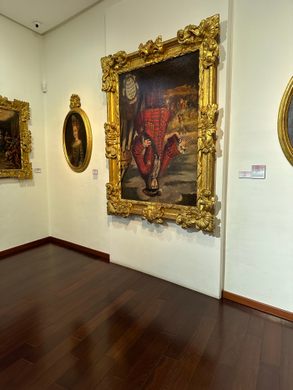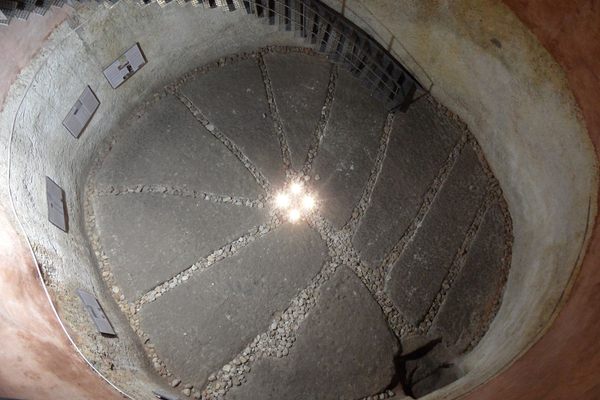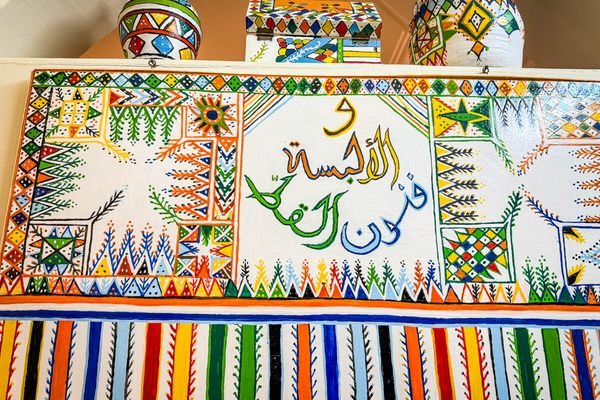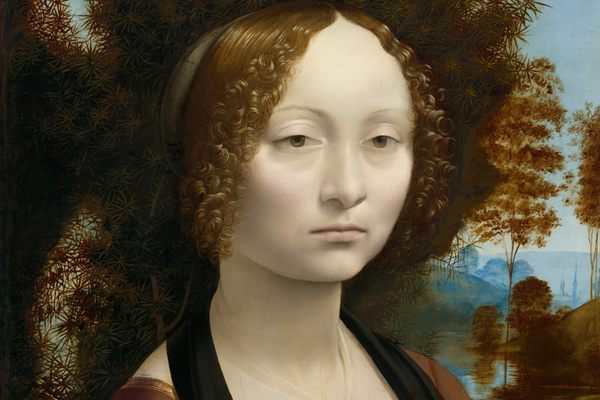The Upside Down Painting of King Philip V
This portrait of Philip V is always hung upside down, in a protest three centuries in the making.
In Xátiva, near Valencia, Spain there is an ongoing protest that has become a tourist attraction.
In the early 18th century, Spain was ruled as two separate kingdoms, Castile and Aragon, but the two crowns were held by the same monarch. The area of Valencia had a lot of autonomy under the crown of Aragon but this was threatened when the succession to the two crowns became disputed.
During the battle of Xátiva, a major battle of the War of the Spanish Succession, the citizens put up a strong defense against the forces of the Bourbón claimant, who they considered to be the pretender to the crown. The Valencians were supporters of the Habsburg claimant, Archduke Charles. In retribution for the city’s resistance King Philip V ordered the town burnt, the population banished and the execution, by garrote, of several notable citizens. In 1708 the King’s temper had waned and he ordered the city to be rebuilt.
A local painter was commissioned to paint a portrait of the king, which was eventually hung in the town’s Almodi Museum. In 1940 the curator of the museum, a proud Valencian, hung the painting upside down. The fact that it is still upside down may be more to do with the desire to attract tourists to the museum than the ongoing, belated protest about the burning of the city, but it certainly makes the point.
In memory of the burning of the town, the townspeople became known as “La Socarrada,” meaning “scorched.” The town produces an unusual beer, flavored with honey and rosemary called La Socarrada.















Follow us on Twitter to get the latest on the world's hidden wonders.
Like us on Facebook to get the latest on the world's hidden wonders.
Follow us on Twitter Like us on Facebook